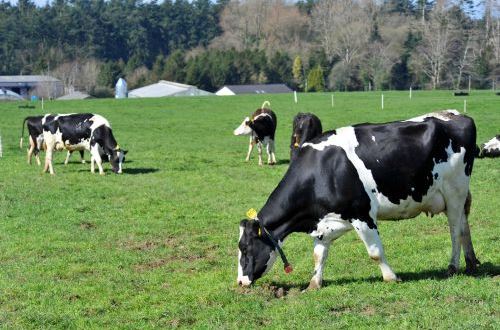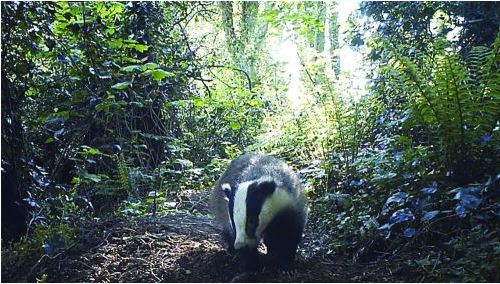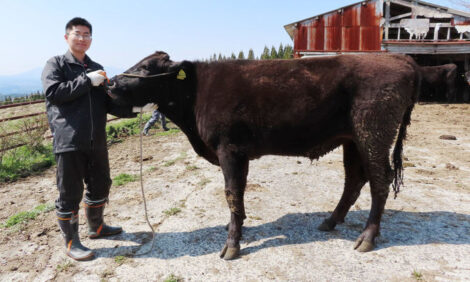



Cattle Have No Close Contact With Badgers
Electronic collars have shown that cattle do not commonly interact with badgers at close range.Badgers have been implicated in the transmission of bovine tuberculosis (bTB) to cattle, yet the mechanisms by which this may occur are poorly understood.
A recent study by the Agri-Food and Biosciences Institute (AFBI) in Northern Ireland set out to address this lack of knowledge.
“Bovine tuberculosis is a major animal health disease in Northern Ireland that causes hardship to the farming community and has considerable cost implications for the public expenditure,” said Dr Declan O’Mahony, who led the recent study.
“There are many potential routes for the transmission of bovine tuberculosis between species that include direct close range contact between cattle and badgers or indirect contact at setts, latrines, water troughs or in farmyards.
"We need quantifiable data from scientific research on which routes are most important so that we can develop mitigation strategies that minimise the potential for disease spread between badgers and cattle. This could in turn lead to healthier badger and cattle populations,” said Dr O’Mahony.
As part of Northern Ireland's bTB eradication programme, AFBI investigated the importance of direct, close-range contact between badgers and cattle at pasture to assess if this could be an important route for bovine tuberculosis transmission.
Dr O'Mahony explained: “Bovine tuberculosis is primarily a respiratory infection and the most direct means of transfer between animals is through aerosol inhalation of bacilli from infected individuals.
"This can happen if an infected animal coughs or sneezes within a short distance (such as 2 metres) of another animal that may then inhale bacilli and become infected with the disease.”

Using recently developed proximity collars that allow close range interactions between animals to be recorded, the study provided the first data on how often badgers and cattle come within close contact at pasture in Northern Ireland.
The devices also recorded also recorded how often collared cattle within herds and collared badgers within social groups, came into contact.
Dr O'Mahoney enthused: “Proximity collars are a new and exciting technology, which allow a hitherto unprecedented level of data to be obtained on interactions between animals.
"Each collar has a unique identity and constantly emits an electronic signal. When two collars come within a specified distance, both collars record that they have ‘met’ and the collar numbers, date, time and length of contact is recorded.
"The details can then be downloaded from collars when returned from animals.”
The team put collars on badgers and cattle in a 1,350 hectare study area in County Down during a 5 month period and then collected the collars and downloaded the information so that the amount of close range (less than 2m) contact could be determined.
In total, over 376,000 interactions were recorded on the proximity collars that were deployed, the majority of which were contacts between cattle.
“It was an exciting time for us,” said Dr O’Mahony. “This was the first study of its kind anywhere on the island of Ireland, and data we obtained was unique and could be very important in terms of the management and eradication of bovine tuberculosis”.

The results were perhaps a bit surprising.
They showed that all collared cattle interacted with each other within the different herds studied and also that all collared badgers interacted with each other in their different social groups.
However, at no time were badgers and cattle recorded as coming within direct close-range contact (less than 2m) with each other during the study.
“Whilst this might seem to be an unlikely result, it is supported by an increasing body of evidence that suggests close-range contact between badgers and cattle may not be a common occurrence,” commented Dr O’Mahony.
“If you think about it, badgers are relatively small animals that weigh 10-15kg at most, whereas cattle are very large and gregarious animals that can be very inquisitive.
"Such size and behaviour differences may lead to very little direct contact between the species when cattle are grazing at pasture.”
This study occurred in one area of Northern Ireland over a relatively short period of time, so whilst direct interactions between cattle and badgers were not recorded, that does not necessarily mean that interactions never occur.
However, it does support the increasing evidence that such contact is likely to be at a very low level, but still may be important if infected animals are involved.



